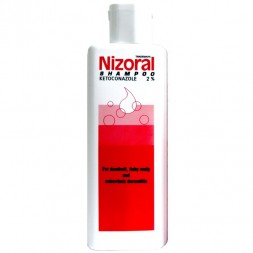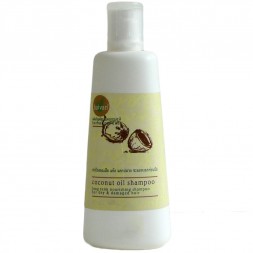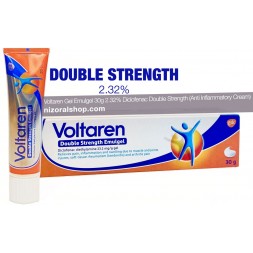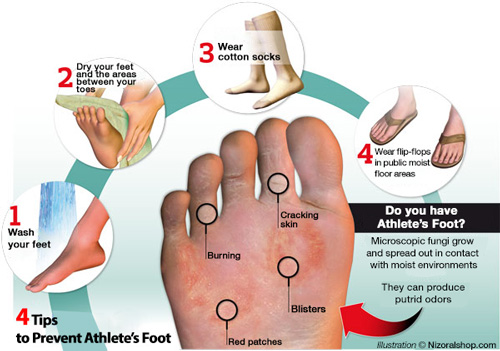
If you feel like scratching your feet and have callus-style cracking skin bothering you on the bottom of your feet, you might have just caught Tinea Pedis aka Athlete’s foot. Let’s review how you can get Athlete’s Foot and learn how to get rid of foot fungus so you can get off the right foot!
What is Tinea Pedis?
Tinea Pedis is a contagious infection. If one affected foot touches the other, it can easily be infected. It may also come from unclean shoes you have been wearing. As a suggestion, it is best to avoid skin-to-skin contact and wear washed clothes. It is recommended to store your unwashed items in a separate laundry basket to avoid contamination of other clothes.
Interesting fact: We commonly call this fungal infection of the foot Athlete’s Foot because Athletes are prone to getting ringworms on the skin of their feet due to intense perspiration and frequent watery foot contacts such as shared showers, moist floors and water sports.
According to an scientific study, Oral Treatment For Fungal Infections Of The Skin Of The Foot, written by Bell-Syer-SE, Khan SM and Torgeson DJ (2007), Tinea Pedis is a common infection causing 15% of the global population to suffer from it.
What causes Athlete’s Foot (Tinea Pedis)?
Athlete’s Foot occurs when the yeast (fungus) reaches the inner layer skin of the foot and grows. As fungi are naturally present on the skin, the infection can be created by favorable conditions allowing the fungi to grow and spread out. Conditions that will trigger Tinea Pedis are when the skin of the foot enters in contact with warm, confined and humid areas such as bathrooms, locker rooms and other shared surfaces people walk on barefoot.
Another reason why Athlete’s Foot happens is due to wearing moist socks and/or shoes that compress the feet and prevent the skin from breathing.
Some people who show athlete’s foot symptoms may also get it from another infection of the skin such as groin ringworm that can come in contact and spread out (read more about groin ringworm).
How Do You Know You Have Athlete’s Foot (Tinea Pedis)?
Athlete’s Foot symptoms burning, stinging and itching between your toes, sides and bottom of the feet. Scaly skin patches along with craking skin may occur on the sides and soles of your feet. If you experience a rash on the sides and bottom of the feet, it might be a sign of Tinea Pedis, specially if the rash area is red. Other symptoms of Athlete’s Foot include the thickening, crumbling and/or discoloration of toenails. You can start feeling Foot Ringworm within four to six hours after contact.
Check out Athlete’s Foot images below as symptom checker examples.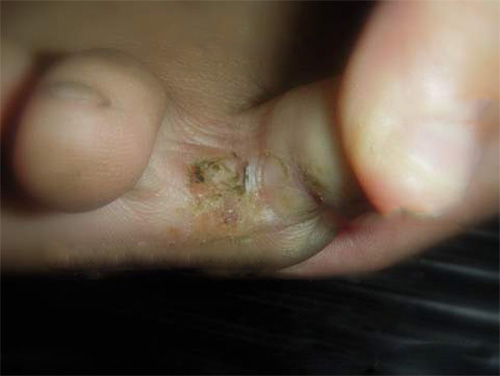
Typical case of Athlete's Foot between the toes.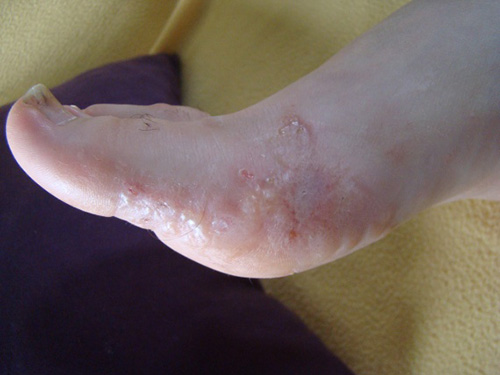
Athlete's Foot Symptoms on the side of the foot.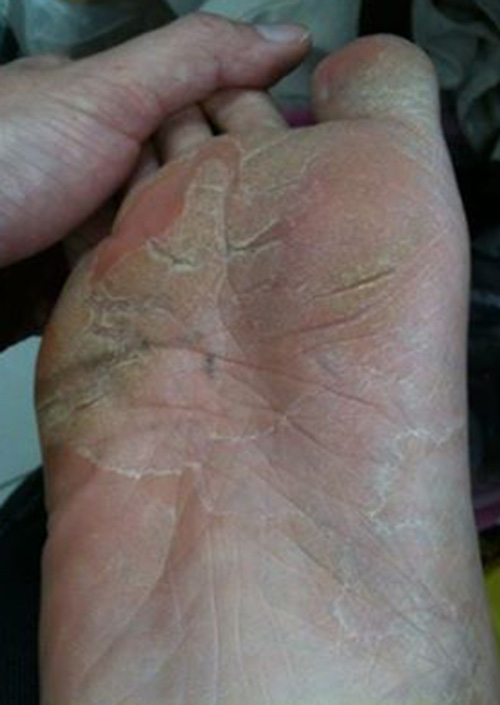
Plantar Athlete's Foot Symptoms also known as moccasin foot with chronic scaly tinea pedis.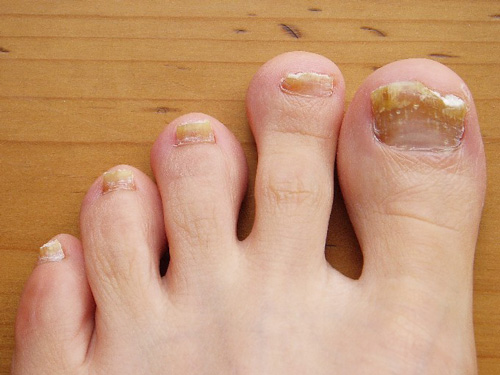
Person showing signs of foot ringworm in toenails.
How To Get Rid Of Athlete’s Foot?
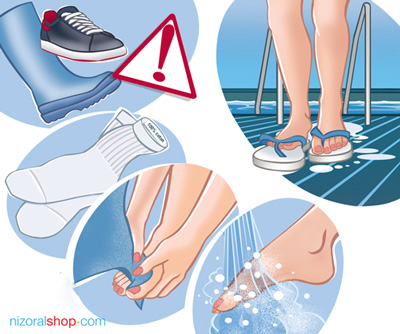
How To Prevent Athlete's Foot (Illustration).
Athlete’s Foot home remedy that one can use is by meticulously cleaning the skin of your feet with lukewarm water and soap, as well as keeping your skin as dry as possible. If you experience perspiration, take off your socks, use a clean towel to wipe the moist out and wear a new pair of socks. Then, wash your hands. As foot fungus (Tinea Fungus) is contagious, it is really important avoid spreading it out and having Athlete’s Foot on hands because you didn’t wash your hands with antiseptic soap. Another natural Athlete’s Foot treatment consists in applying tea tree essential oil, vinegar or lemon in the affected area. All these ingredients act as an antiseptic agent in order to relieve itchiness. In addition, vinegar helps kill the yeast because it is considered as an anti-fungal natural solution.
If you prefer to get rid of Athlete’s Foot in no time, one of the most popular treatment used is the Ketoconazole Cream (read more). It is a topical antifungal cream that goes right into the fungus to kill it. Nizoral Cream is often used in Tinea Pedis cases because it contains 2% of Ketoconazole, which is the active ingredient known for treating yeast infections. Learn more How To Cure Athlete’s Foot.
If you found the content of this article valuable, please share it with us below.
Related article that may interest you: How To Prevent Dandruff?
Check out our last news: Fungal Infection On Face
Always seek the advice of your physician or other qualified health provider with any questions you may have regarding a medical condition. The material appearing on this page is for informational use only. It should not be used as a substitute for professional medical advice, diagnosis or treatment.

